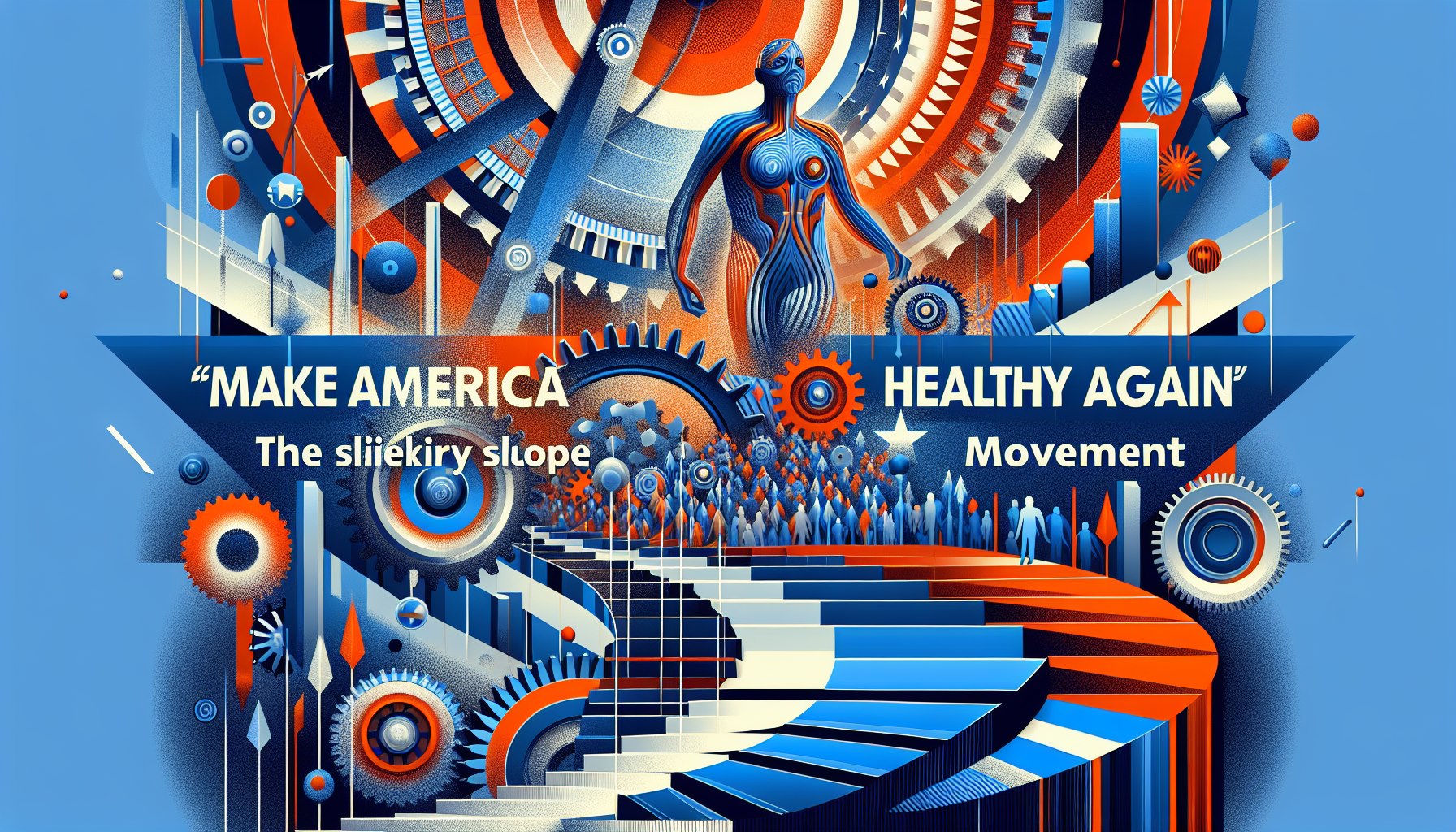
Robert F. Kennedy Jr.’s Make America Healthy Again (MAHA) campaign has a peculiar allure. Its website, a digital marketplace of identity, offers a dizzying array of merchandise designed to appeal to a remarkably broad spectrum of interests. From surfers catching the cresting wave of wellness to soldiers marching in the ranks of health, the MAHA brand strives to create a sense of inclusivity, a health-focused utopia where everybody belongs. But beneath this seemingly benign exterior lies a more complex and potentially troubling narrative.
A T-Shirt Philosophy: The Illusion of Unity
The MAHA website’s emphasis on merchandise, specifically t-shirts, reveals a curious strategy. By offering shirts proclaiming affiliation with a diverse range of professions and hobbies – surfer, snowboarder, skier, sailor, marine, soldier, veteran, chiropractor, artist, fisherman, diver – the campaign casts a wide net, hoping to snare individuals from all walks of life. This tactic, akin to a fisherman casting a net with impossibly small holes, aims to create a sense of shared purpose, a unified front against a common enemy. But what exactly is that enemy?
The danger lies in the ambiguity. The MAHA movement avoids clearly defining its core tenets, preferring instead to rally around the nebulous concept of “health.” This vagueness acts as a kind of ideological chameleon, adapting to the specific anxieties and grievances of different groups. For the veteran, it might be a promise of restored vitality. For the artist, a pledge of unfettered creative expression. For the chiropractor, an affirmation of their chosen profession. This lack of clarity allows the movement to function as a blank canvas onto which individuals can project their own hopes and fears.
The Siren Song of Belonging
The seductive power of the MAHA movement stems from its promise of belonging. In a world increasingly fragmented and polarized, the allure of a shared identity, however superficially constructed, can be irresistible. Like moths drawn to a flickering flame, individuals seeking a sense of community and purpose are lured in by the promise of a healthier, more harmonious future. But the flame, in this case, might be fueled by something more sinister.
The MAHA movement cleverly taps into the human desire for connection. It offers a sense of belonging, a tribe to call one’s own. This is achieved not through shared values or concrete policy proposals, but through the simple act of purchasing a t-shirt. This transactional approach to community building raises important questions about the authenticity and depth of the connections forged within the movement.
The Health Halo: Marketing Misdirection?
The use of “healthy” as a central theme further complicates the narrative. The term itself conjures up images of vitality, well-being, and purity. It’s a powerful marketing tool, a “health halo” that casts a positive glow over the entire movement. But what does “healthy” actually mean in the context of MAHA? Is it physical health? Mental health? Societal health? The ambiguity allows for a wide range of interpretations, leaving the movement open to accusations of exploiting anxieties around health and wellness for political gain.
The Unseen Currents: Navigating the Murky Waters of MAHA
The MAHA movement, like a seemingly placid body of water, may conceal dangerous undercurrents. Its broad appeal, fueled by vague promises and a clever marketing strategy, raises concerns about its true intentions. While the surface message of health and unity may resonate with a diverse audience, the lack of clearly defined goals and the emphasis on superficial symbols of belonging should give us pause. Before diving headfirst into these seemingly calm waters, it’s crucial to examine the currents flowing beneath the surface.
| Element of MAHA | Potential Concern |
|---|---|
| Emphasis on merchandise (t-shirts) | Superficial sense of belonging, commodification of identity |
| Vague definition of “health” | Exploitation of health anxieties, lack of clear policy proposals |
| Broad appeal to diverse groups | Obfuscation of core values, potential for manipulation |
The MAHA movement’s success hinges on its ability to cultivate a sense of shared identity. However, this unity is built on shaky foundations, a foundation of merchandise and ambiguous promises rather than shared values and concrete goals. As such, the movement’s long-term viability and its potential impact on the political landscape remain uncertain. It’s a slippery slope indeed, and one that warrants careful scrutiny.


